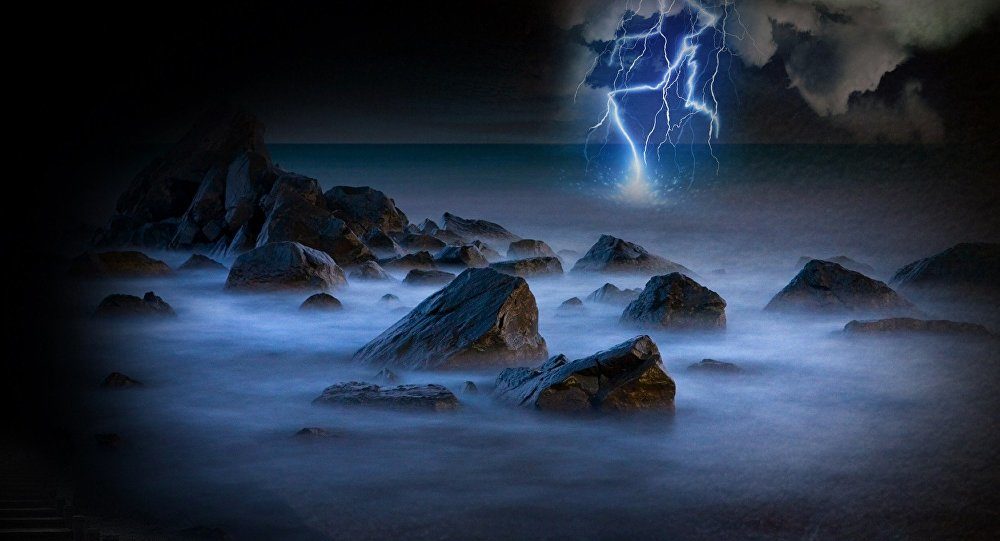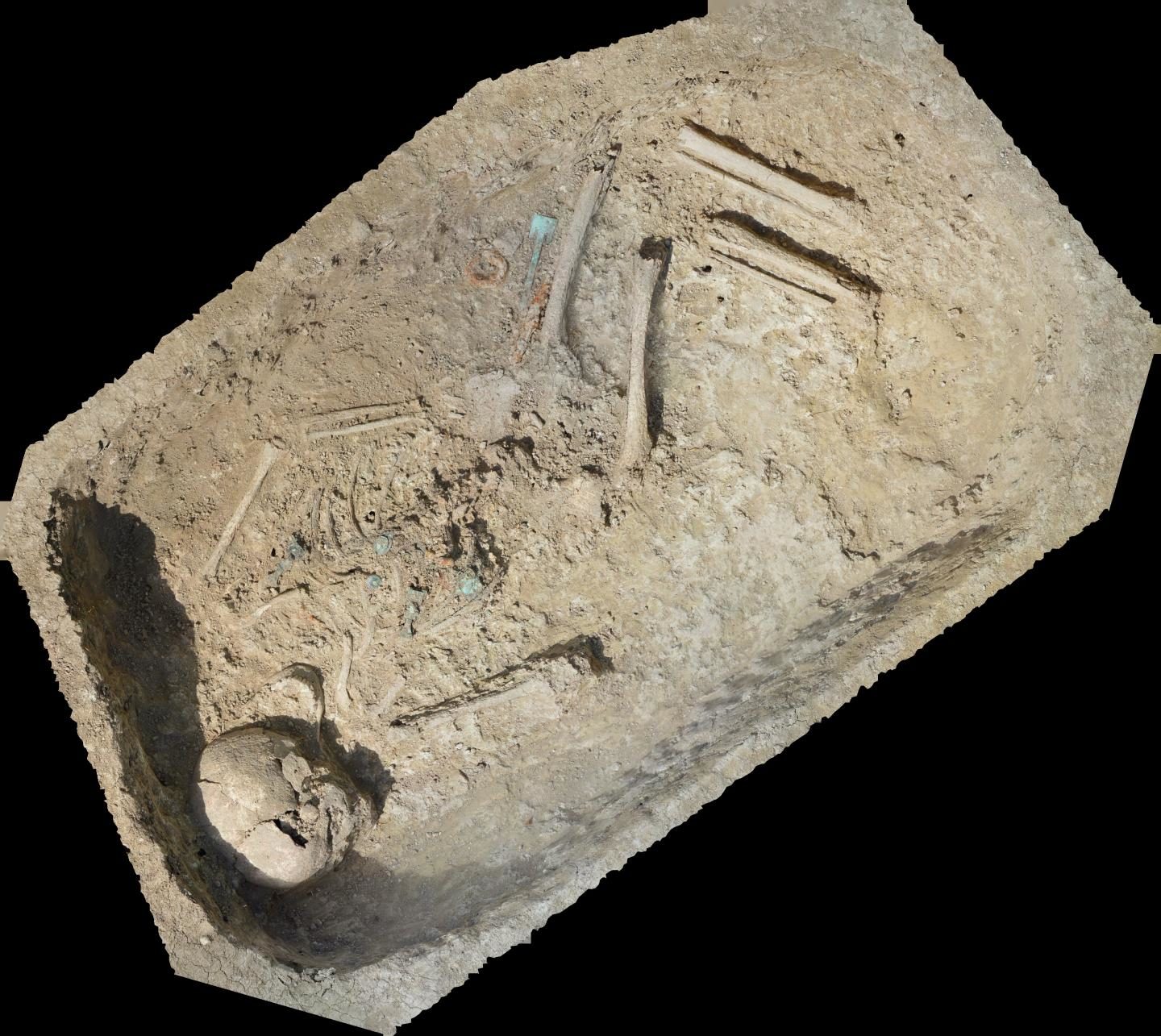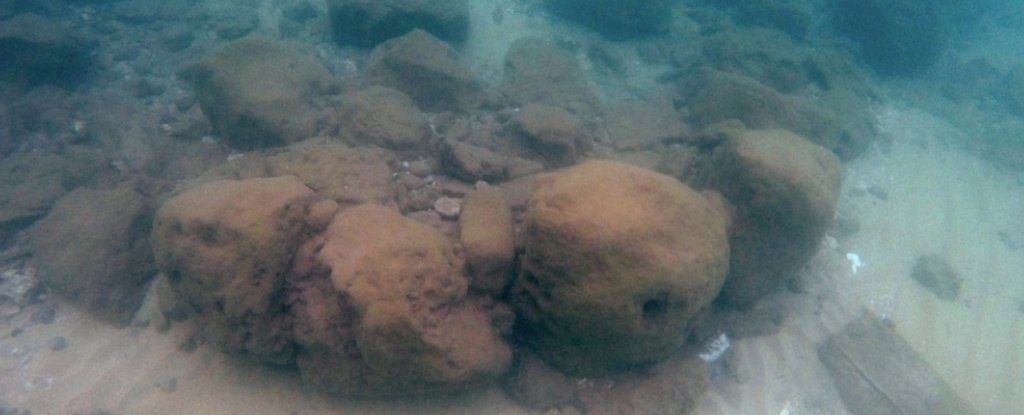A team of researchers from the University of St Andrews and the University of Bradford has stumbled upon the evidence of a massive magnetic anomaly near one of the Outer Hebrides' main stone circles, known as the Tursachan Chalanais, located on the Isle of Lewis.
Studying the nearby satellite sites in the search for lost circles concealed in the peat, they noted the abnormality near Site XI, or Airigh na Beinne Bige, with a lone-standing stone facing the main site. They suggested that this is the result of a massive lighting strike or many smaller strikes, as the outlet Phys.org reports.
"Such clear evidence for lightning strikes is extremely rare in the UK and the association with this stone circle is unlikely to be coincidental. Whether the lightning at Site XI focused on a tree or rock which is no longer there, or the monument itself attracted strikes, is uncertain," project leader Dr. Richard Bates from the University of St Andrews told the outlet.According to the researcher, this "evidence suggests that the forces of nature could have been intimately linked with everyday life and beliefs of the early farming communities on the island."













Comment: Recently birch bark tar discovered on an archaeological site contained sufficient traces of DNA for scientists to recreate the genome of a 5,600 year old Dane. With this new realisation of just how commonly used it was, and over such vast stretches of time and geographic regions, one wonders how many more insights it could provide.
See also: